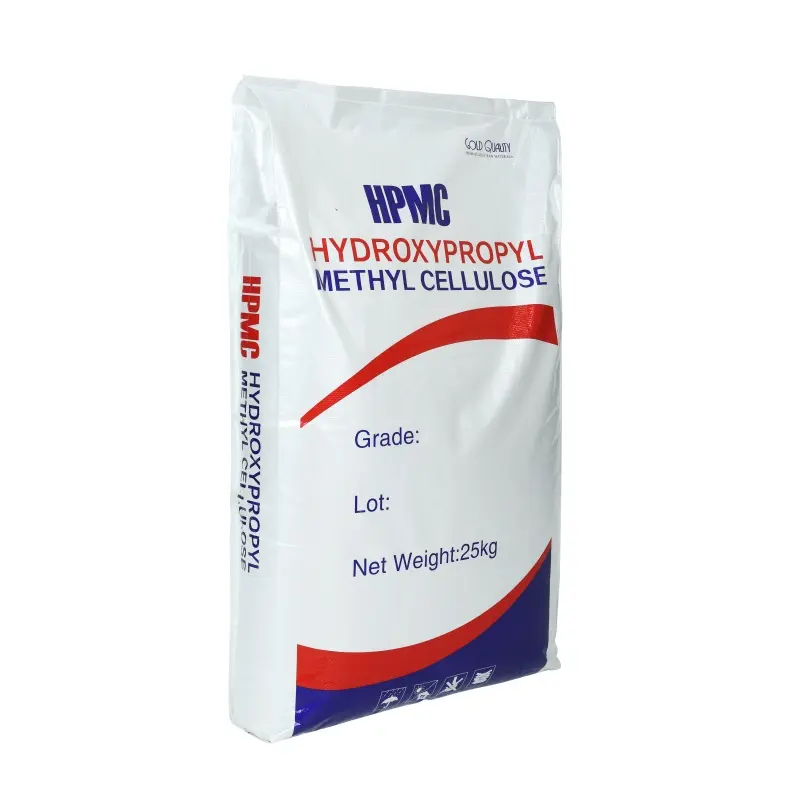Hydroxypropyl Methylcellulose (HPMC) For Gypsum Plasters
Gypsum plasters stand as a cornerstone in construction, offering versatility and durability. However, maximizing their potential requires the integration of innovative additives like Hydroxypropyl Methylcellulose (HPMC). Let's delve into the transformative benefits of Hydroxypropyl Methylcellulose (HPMC) For Gypsum Plasters, exploring its diverse applications and advantages.
What is HPMC and How Does it Work?
Hydroxypropyl Methylcellulose, a cellulose ether derivative, acts as a crucial additive in construction materials. Renowned for its water-retention capabilities and adhesive properties, HPMC enhances the performance of gypsum plasters.

Enhancing Workability and Durability:
Improving Workability
HPMC facilitates effortless application and smooth finishing, promoting optimal workability during plastering. Its unique composition ensures consistent thickness and adhesion, simplifying the plastering process for professionals and DIY enthusiasts alike.
Boosting Durability
By reinforcing the internal structure of gypsum plasters, HPMC significantly enhances their durability and strength. This additive minimizes cracking and shrinkage, prolonging the lifespan of plastered surfaces and reducing maintenance costs in the long run.
Achieving Superior Water Retention:
Mitigating Water Loss
One of the standout benefits of incorporating HPMC Manufacturer is its ability to mitigate water loss during the curing process. This feature ensures uniform hydration and prevents premature drying, resulting in a smoother finish and enhanced bond strength.
Versatility in Applications:
Diverse Application Scenarios
From residential constructions to commercial projects, HPMC finds extensive utility across various applications. Whether used in skim coats, base coats, or decorative finishes, this additive adapts seamlessly to diverse plastering requirements, offering unparalleled versatility.
Environmental Sustainability:
Eco-Friendly Solution
As a bio-based compound, HPMC aligns with sustainable construction practices, minimizing environmental impact. Its biodegradable nature and low toxicity make it an eco-conscious choice for environmentally responsible builders.
Improving Air Quality:
Mitigating VOC Emissions
HPMC contributes to improved indoor air quality by mitigating volatile organic compound (VOC) emissions. By choosing HPMC-enhanced gypsum plasters, builders prioritize occupant health and well-being, creating safer and healthier living environments.
Cost-Effectiveness:
Long-Term Cost Savings
While initially perceived as a premium additive, Methyl Hydroxyethyl Cellulose proves to be a cost-effective solution in the long run. Its ability to enhance durability and reduce maintenance requirements translates to significant cost savings over the lifespan of plastered surfaces.
Conclusion:
In conclusion, the benefits of using Hydroxypropyl Methylcellulose (HPMC) for gypsum plasters are manifold. From improving workability and durability to enhancing water retention and promoting environmental sustainability, HPMC emerges as a transformative additive in the realm of construction materials. By harnessing its potential, builders can elevate the quality, longevity, and eco-friendliness of their plastered surfaces, ushering in a new era of innovation and excellence.
评论
发表评论